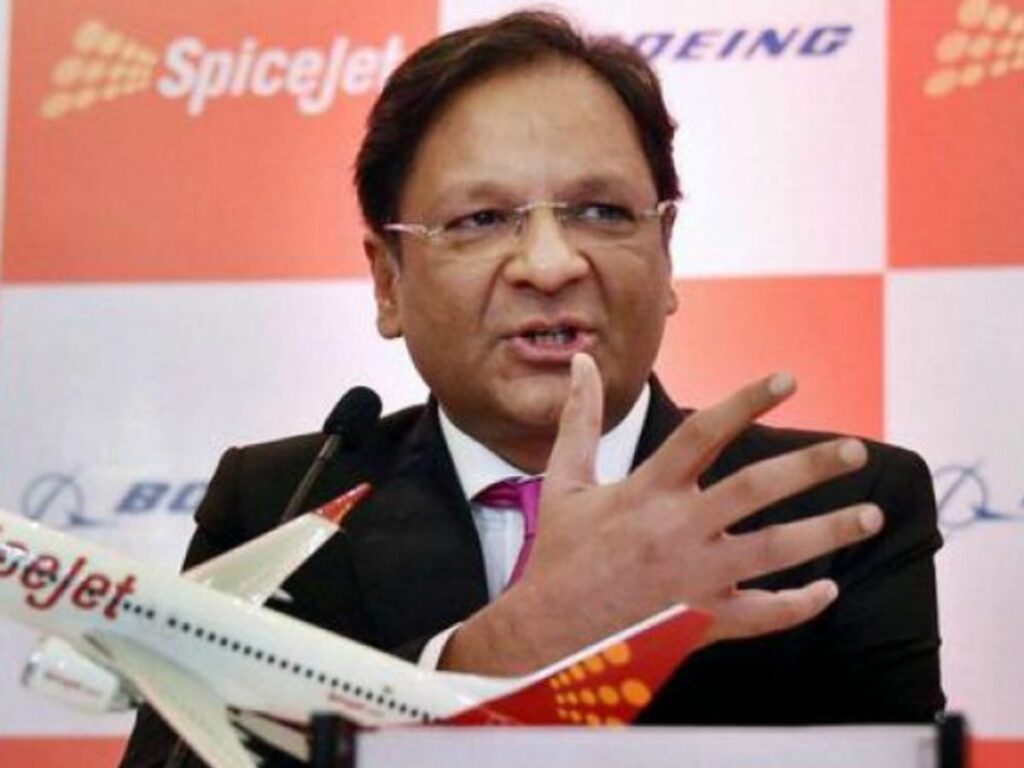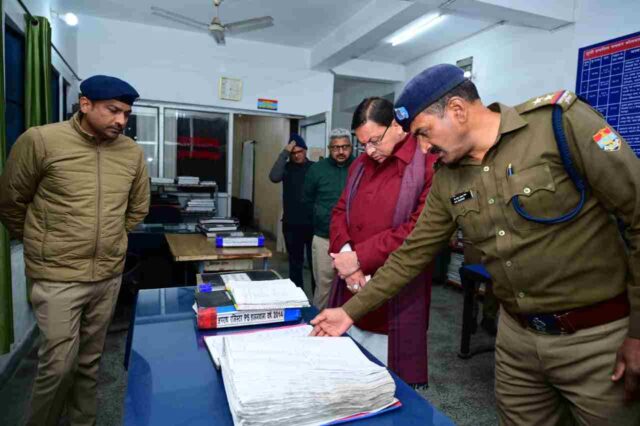The new flight was given to the dying SpiceJet, now the bodies are rescuing!

Day 15 December 2014, time at 9:30 pm. The Civil Aviation Ministry received a call from SpiceJet Management. He said that we are struggling with the problem of liquidity crisis and if this situation prevails, we will have to stop our work. The airline company was struggling with three complex problems. The first problem was that the DGCA had stopped the airline from booking any tickets after December 31, 2014. This increased the pressure on the company’s revenue. SpiceJet was collecting a working capital by selling tickets at a discount in advance. This was a smart move from the company, but the DGCA felt that if the airline canceled the flights then it would have to face the anger of the customers.
The concern of the regulator was not unattained. The reason for this was that many times oil companies had refused to give oil to SpiceJet as they did not pay their dues. The Airport Authority of India (AAI), who had burnt hands in the Kingfisher airline of Vijay Mallya, was also not ready to give any time to SpiceJet. He clearly said that SpiceJet will not be allowed to operate flights until his arrears are found. Since SpiceJet Airline was a private company, the government was not in a position to do much.
Ajay Singh’s offer
Meanwhile, passengers started catching SpiceJet employees at the airports. The December Peak Holiday season takes place and SpiceJet’s aircraft were not flying. There was chaos at small airports. By 2.30 pm there was no clarity about what would happen to the airline with 13 per cent stake in the domestic market. Mallya’s Kingfisher was closed two years ago. Therefore, the government did not want to take the risk of closure of another airline. In such a situation, Ajay Singh reached the Finance Ministry with an offer to buy SpiceJet.
In this way Ajay Singh took the command of SpiceJet in his hand. After this, things started changing rapidly in the company. When the Maran brothers bought SpiceJet in 2010, the price of Jet Fuel was Rs 40 a liter which reached Rs 77 in 2013. But in February 2015, its price was Rs 36 per liter and Rs 35 in February 2016. Fuel is about half of the operation of any aviation company. This is the reason that in the rejuvenation of SpiceJet, it has a big hand to reduce the price of jet fuel. SpiceJet gave Rs 2410 crore to oil companies in 2014-15 and paid Rs 1392 crore in this item in 2015-16. In this way, the company was transformed by savings in fuel.
SpiceJet starts
SpiceJet began in 1984. Industrialist SK Modi started a private taxi in India. It was named MG Express in 1993 but the next year i.e. 1994 It was named Modiluft. In 2004, Ajay Singh acquired it and named him SpiceJet. At that time, airplane tickets were very expensive but SpiceJet gave people a chance to travel at a low price. In 2010, Maran brothers of Sun Group bought a 37.7 percent stake in it. He later increased his stake in the company to 58.46 percent. But after the company’s financial situation deteriorated, in January 2015, he sold his entire stake to Ajay Singh.
But time turned around and once again Ajay Singh is preparing to sell some of his stake in the company. According to media reports, Ajay Singh is looking for a buyer to sell 24 per cent stake in the company. He has a total of 60 per cent stake in SpiceJet. It is believed that talks are going on with a major airline in Middle East. SpiceJet spokesperson says that the company is negotiating with several investors about financial partnership and information will be given on any decision on it. All regulatory guidelines will be followed for this deal.
SpiceJet’s difficulties
SpiceJet is currently surrounded by difficulties. DGCA (has banned 50 per cent flights for eight weeks in view of the technical disturbances in SpiceJet aircraft. During this time, strict monitoring will be done on the airline. That is, if there is some disturbance, more strict action can be taken on the airline. It is in such a situation that all his flights should be banned. SpiceJet aircraft led to at least nine cases of technical fault between June 19 and July 11. The DGCA issued a show cause notice to the airline on July 6. It was said that safety standards have decreased due to poor internal safety inspection and lack of maintenance.
SpiceJet is the third largest airline in the country after IndiGo and Go First (Go First) according to the market share. Its market share is currently 9.5 per cent. The company has been operating flights for the last 17 years, but in recent times, many types of questions have arisen on it. Apart from technical disturbances, SpiceJet is also lagging behind in terms of quality. According to May data, 53,707 passengers of SpiceJet faced problems that month. They were not given boarding, flight canceled or had to wait for more than two hours. In the case of Indigo, this number was around 51 thousand while the number of IndiGo flights is six times more than SpiceJet. Out of 10 thousand passengers traveling in SpiceJet, 466 faced problems. In January 2020, SpiceJet’s market share was 16.6 percent, which has now decreased significantly. According to data, 11,52,182 passengers flew in SpiceJet flights in May.
Loss of losses
SpiceJet has lost seven of the last nine quarters. The aviation sector was badly affected due to the epidemic, but SpiceJet was already struggling with the financial problem. Lack of funds also affected the company’s functioning. The company released low funds for repair and maintenance of aircraft. For this reason, there have been many cases of technical disturbances in the company’s aircraft recently. There are many of these cases in which the lives of passengers are narrowly survived.







